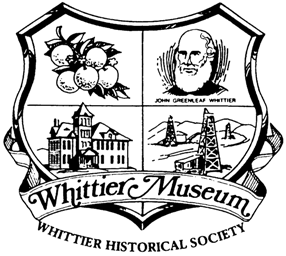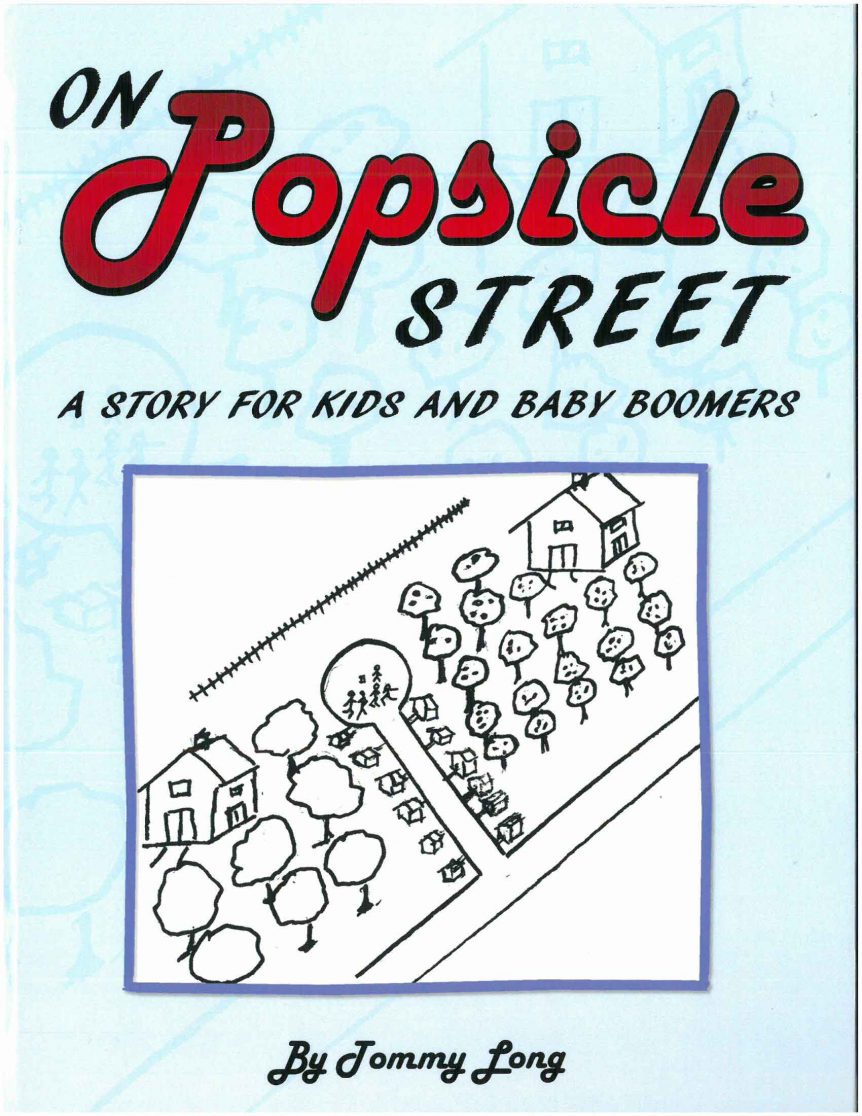If you grew up in the Whittier area in the 1940’s, 50’s or even 60’s, On Popsicle Street by Tommy Long is a real treat. It is a memoir of Tommy Long’s childhood spent on a cul-de-sac street in Uptown Whittier that looked like a popsicle from overhead. (I would say it looked more like a lollipop – but hey – it’s Tommy’s book.) When Tommy was six years old (1949), three other boys about his age moved into houses on Popsicle Street (actually named Pacific Place – right off of Pickering Ave near the five-points bridge.) Naturally, the four boys became best buddies and hilarious adventures ensued.
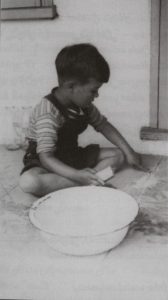

The book starts right off with a story of enormous watermelons which were on sale at Safeway for 25 cents each! Each boy bought a watermelon, loaded it into the basket of his bike, and pedaled to Penn Park leaning back the whole way so his bike wouldn’t tip forward. They then proceeded to eat the watermelons (without utensils), and the gardener at the park had to hose the sticky juice off of them!
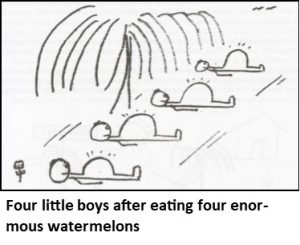
This book is packed with stories of the boys and girls in the neighborhood having fun, getting into trouble, earning money, playing games and sports, going to school, dancing at barn dances and Sadie Hawkins, making forts, breaking bones and scraping knees, playing Halloween tricks, and building a “trandem” bicycle. (I’m not going to explain – you’ve just gotta read it).
One of the delights of this book is how our Whittier businesses, institutions, schools, parks and other places are woven into the stories. It definitely takes you back to your own childhood. Some of them are: Penn St. Market (miraculously still there), the beautiful John Greenleaf Whittier School, Dexter Jr. High, Whittier High School, movie theaters (Roxy, Wardman, and McNees/Whittier), Uptown YMCA (Tommy calls it Why-MCA and you’ll have to read the story to find out), Carnegie Library, Jacks Salad Bowl (the family’s favorite restaurant), Rexall Drug and Soda, Bailey Street Soda Fountain, Marsden’s Shoes (did they really have shoe fitting device that X-rayed your foot?), orange and avocado groves, Fred C. Nelles School for Boys (this one involves a fort and escaped wards), Cramer’s Department Store (before my time, but Tommy tells of a very cool network of pneumatic tubes that transported money across the store), Lovells Records, Murphy Memorial Hospital, Swift Ice Cream Factory, and home deliveries by Helms Bakery and Pellissier Dairy.
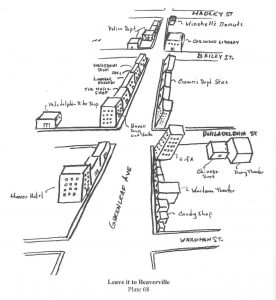
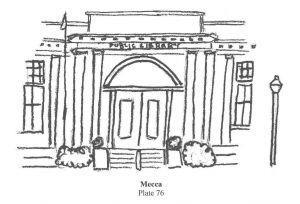
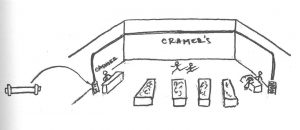
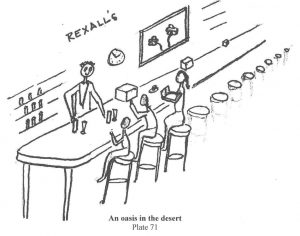
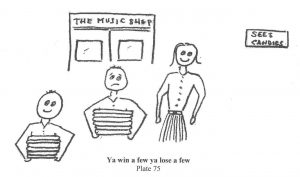
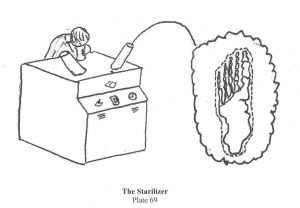
The book is subtitled, A Story for Kids and Baby Boomers. There are two ways Tommy tries to appeal to the youngest generation. The first is that he parenthetically defines some of the larger vocabulary words and dated idioms so that the little ones can understand better. To a Boomer like me, this is slightly annoying, and it’s really not needed because there is a terrific section at the back of the book called “Definitions, Explanations, Histories, Translations and Idiomatics”. Enuf said. The second way he appeals to the kiddos is his simple stick drawings which are meant to correspond to his drawing ability at his age in each story (6 to about 15). Apparently Tommy did not inherit his mother’s artistic ability! I recommend reading this book twice – once for your own enjoyment, then read some of your favorites stories aloud to a child or grandchild. You can even add some stories from your own childhood.
On Popsicle Street is available for purchase in the Museum’s Gift Shop and On-line Store
Author: Tracy Wittman
This post was adapted from an article that originally appeared in the Whittier Museum Gazette, Nov. 2021
